 |
New York Architecture Images-New York Architects Swanke Hayden Connell |
|||
| New York works; | ||||
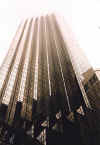 |
![[199 Water St. (26k)]](../SCC/199water_small.jpg)
|
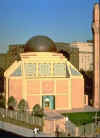 |
||
| 042
Trump Tower |
005 One Seaport Plaza | 091-Islamic Cultural Center | ||
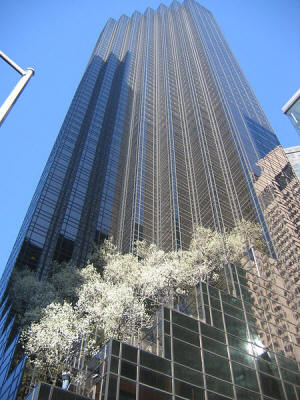 Trump Tower, New York, New York, 1983 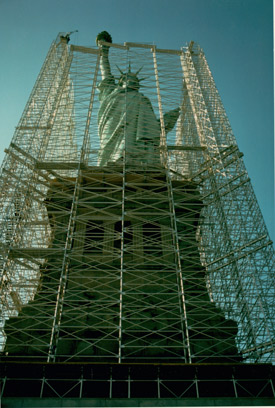 Statue of Liberty Restoration, Liberty Island, New York, New York, 1986 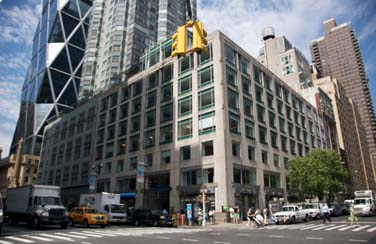 4 Columbus Circle, New York, New York, 1989 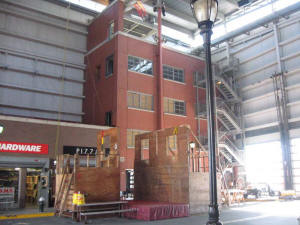 FDNY Training Center, Randall's Island, New York, 2003 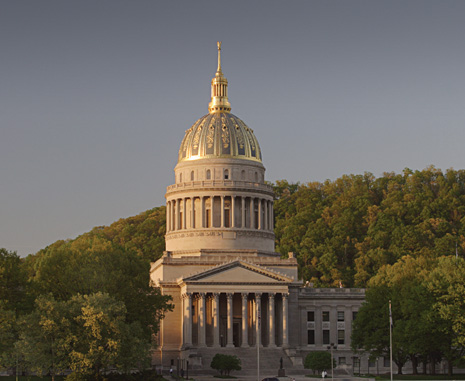 West Virginia State Capitol Dome Restoration, Charleston, West Virginia, 2005 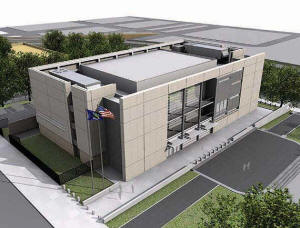 New York City Office of Emergency Management, Brooklyn, New York, 2006 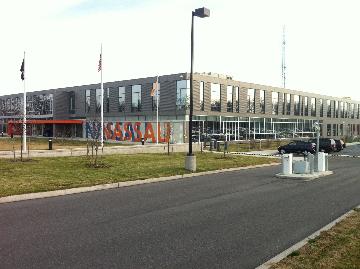 Nassau County Public Safety Center, Westbury, New York, 2011 |
||||
|
The firm was founded in New York in 1906 by Alexander Stewart Walker
(1876-1952) and Leon N. Gillette (1878-1945). Originally known as Walker
& Gillette, the firm designed country estates and urban townhouses for
some of New York's more affluent families. Through the years, the
practice expanded to include corporate interiors for prominent banking
and brokerage concerns as well as major architectural commissions such
as the Fuller Building at 57th Street and Madison Avenue and the First
National Bank Building at 57th Street. Following Gillette's death in 1945, A. Stewart Walker merged his practice with the Office of Alfred Easton Poor. The firm practiced under the name of Walker & Poor from 1946 to 1952 with commissions that included Sotheby Parke Bernet Galleries, Chemical Bank, Morgan Stanley & Co. Inc., Grumman Aircraft Engineering Corporation and NATO air bases in France. After Walker's death in 1952, the firm continued the practice as the Office of Alfred Easton Poor until 1971. In 1958 the firm opened a second office in Washington, D.C. During this period, the firm expanded and diversified further into governmental facilities, office buildings, communications centers, and industrial structures throughout the United States, Europe, and South America. In 1972, the firm became known as Poor and Swanke & Partners, in 1975, Poor, Swanke, Hayden & Connell, in 1979, Swanke Hayden Connell & Partners, and in 1981, Swanke Hayden Connell Architects. During this time, the firm expanded its disciplines and became a global practice, opening offices in Miami and London in 1987, Istanbul in 1997, Sheffield 2002, Moscow in 2006 and Shanghai in 2010. In 2000, the firm acquired Taylor Clark Architects, a firm specializing in the healthcare field. In 2002, the Firm acquired George Trew Dunn Architects, another healthcare architecture firm with offices in London and Sheffield, England. 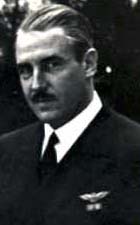 Alfred Easton Poor Alfred Easton Poor (1899–1988) was an American architect, involved with many buildings and projects in New York City, works in Washington, D.C., for the US Federal Government, and perhaps most notably the Wright Brothers National Memorial. While a student at the University of Pennsylvania, he studied under Paul Philippe Cret. Poor was the president of the National Academy of Design in New York from 1966 to 1977, organizing its 150th anniversary in 1975. He has been called "one of America's most prominent twentieth century architects" and a "prominent member of the international school of modern architecture." Over his long career, Poor's projects include both public and private sector works. Along with fellow New York architect Robert P. Rogers, Poor won the open international design competition for the Wright Brothers National Memorial in 1928. For the US Government, he worked on a project that restored and extended the East Front of the US Capitol building in the early 1960s, and was also a leading architect in designing the US Library of Congress' James Madison Memorial Building, the third-largest public building in Washington. Poor was especially active in the New York City area. His projects include the Jacob K. Javits Federal Building,the Queens County Courthouse and prison in Kew Gardens, the Home Insurance Company Building, and the 40-acre Red Hook housing projects. Poor was chosen by Walter Annenberg to design the Annenberg School for Communication at the University of Pennsylvania. According to his obituary in the New York Times, he also "designed dozens of branch offices in Manhattan and abroad for the Chemical, National City and Marine Midland banks" and "designed a number of Long Island country homes." Other works include the Cape Cinema, in Dennis, Massachusetts. |
||||
|
links |
||||